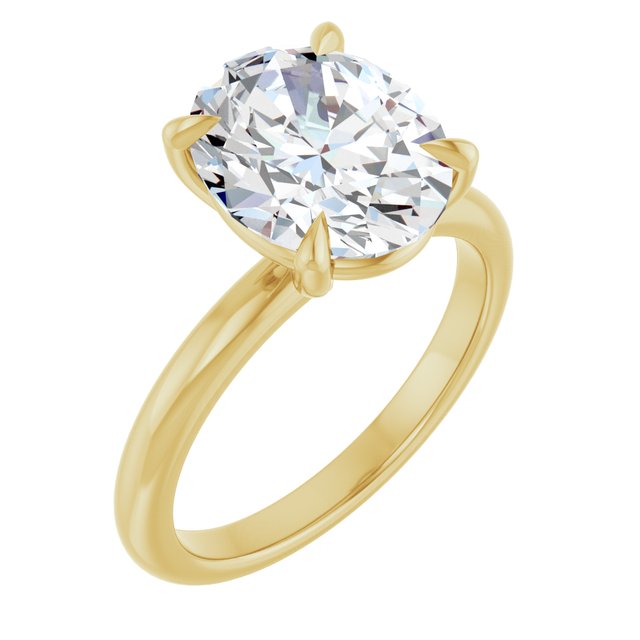An engagement ring is more than just a piece of jewelry—it’s a meaningful symbol of love and commitment. While most people focus on the diamond or center gemstone, the entire ring is a masterpiece with multiple components working together to create its beauty, structure, and comfort. Understanding the anatomy of an engagement ring can help you appreciate its craftsmanship and make an informed choice when designing or purchasing one.
In this guide, we’ll explore the key parts of an engagement ring, explaining their functions, styles, and how they contribute to the overall look and feel of the ring.
The Key Components of an Engagement Ring
Center Stone
The centerpiece of the ring, the center stone is often the most significant and eye-catching element. Diamonds are the traditional choice for the center stone, but many modern couples opt for alternatives like moissanite, sapphire, or morganite.
Importance: The center stone defines the ring’s sparkle, size, and value. Its cut, clarity, color, and carat weight play a crucial role in its brilliance and appearance.


Setting
The setting is the structure that holds the center stone in place. It determines the stone’s security and visibility while contributing to the ring’s overall design.
Popular Types:
- Prong Setting: Maximizes light reflection for added brilliance.
- Bezel Setting: Offers a sleek and modern appearance with added security.
- Halo Setting: Surrounds the center stone with smaller diamonds for extra sparkle.
Band (or Shank)
The band, also known as the shank, is the circular metal portion of the ring that wraps around the finger. It can be crafted from various metals such as platinum, white gold, yellow gold, or rose gold.
Design Variations:
- Plain Band: Simple and timeless.
- Pavé Band: Features small diamonds or gemstones embedded into the band for added sparkle.
- Split Shank: The band splits into two or more strands near the center stone for a unique look.
Accent Stones
Accent stones are smaller diamonds or gemstones placed on the band or around the center stone. They enhance the ring’s overall sparkle and can be arranged in various designs.
Popular Styles:
- Channel Setting: Stones are set into a groove within the band.
- Micro-Pavé: Tiny stones create a delicate and intricate design.
Gallery
The gallery refers to the area underneath the center stone, which supports and elevates it. This part of the ring is often decorated with intricate details or patterns, adding a touch of elegance.
Designs: Open galleries allow light to pass through the stone for added brilliance, while closed galleries provide a seamless and modern look.
Head
The head is the topmost portion of the ring that holds the center stone and its setting. It includes the prongs or bezel that secure the gemstone.
Importance: The head determines how prominently the center stone is displayed and ensures its stability.
Shoulders
The shoulders are the sections of the band closest to the center stone. They can be left plain or decorated with accent stones, carvings, or engravings.
Design Options: Tapered shoulders create a sleek transition to the center stone, while wider shoulders add boldness.
How to Choose the Right Design
Lifestyle Compatibility
- Opt for a secure setting (like bezel or prong) if the wearer has an active lifestyle.
- Choose durable metals like platinum for long-lasting wear.
Aesthetic Preferences
- Decide whether you prefer a minimalist or intricate design.
- Accent stones and detailed galleries can add a touch of luxury.
Budget
- A plain band with a high-quality center stone may be a better investment than a heavily adorned ring with a smaller gemstone.
Why Understanding the Parts Matters
Knowing the parts of an engagement ring allows you to:
- Customize the ring to suit your partner’s style and preferences.
- Evaluate the craftsmanship and quality of the ring.
- Make informed decisions about features like durability, maintenance, and resale value.
Conclusion
An engagement ring is more than just its center stone. Every part, from the band to the gallery, contributes to its beauty, functionality, and symbolism. By understanding the anatomy of a ring, you can appreciate the artistry involved and select a piece that reflects your partner’s personality and your shared commitment.
Take the time to explore different designs and features to create a ring that is not only visually stunning but also comfortable and durable—a symbol of love that will last a lifetime.


